Weekly Tech Recap - № 151 - Magic Leap One, Windows Hello, tiny Christmas card, Virgin Hyperloop One, etc.
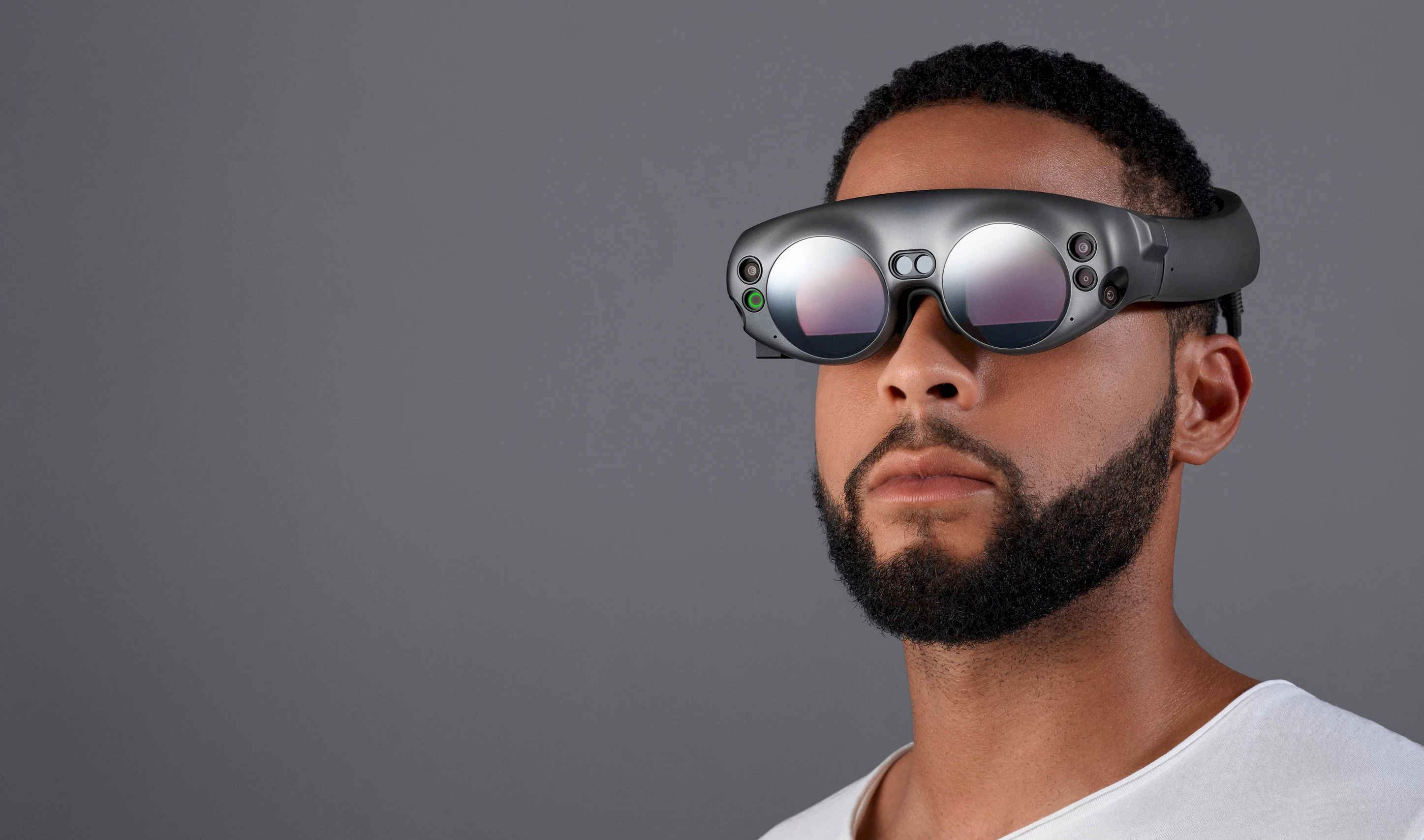
Magic Leap One
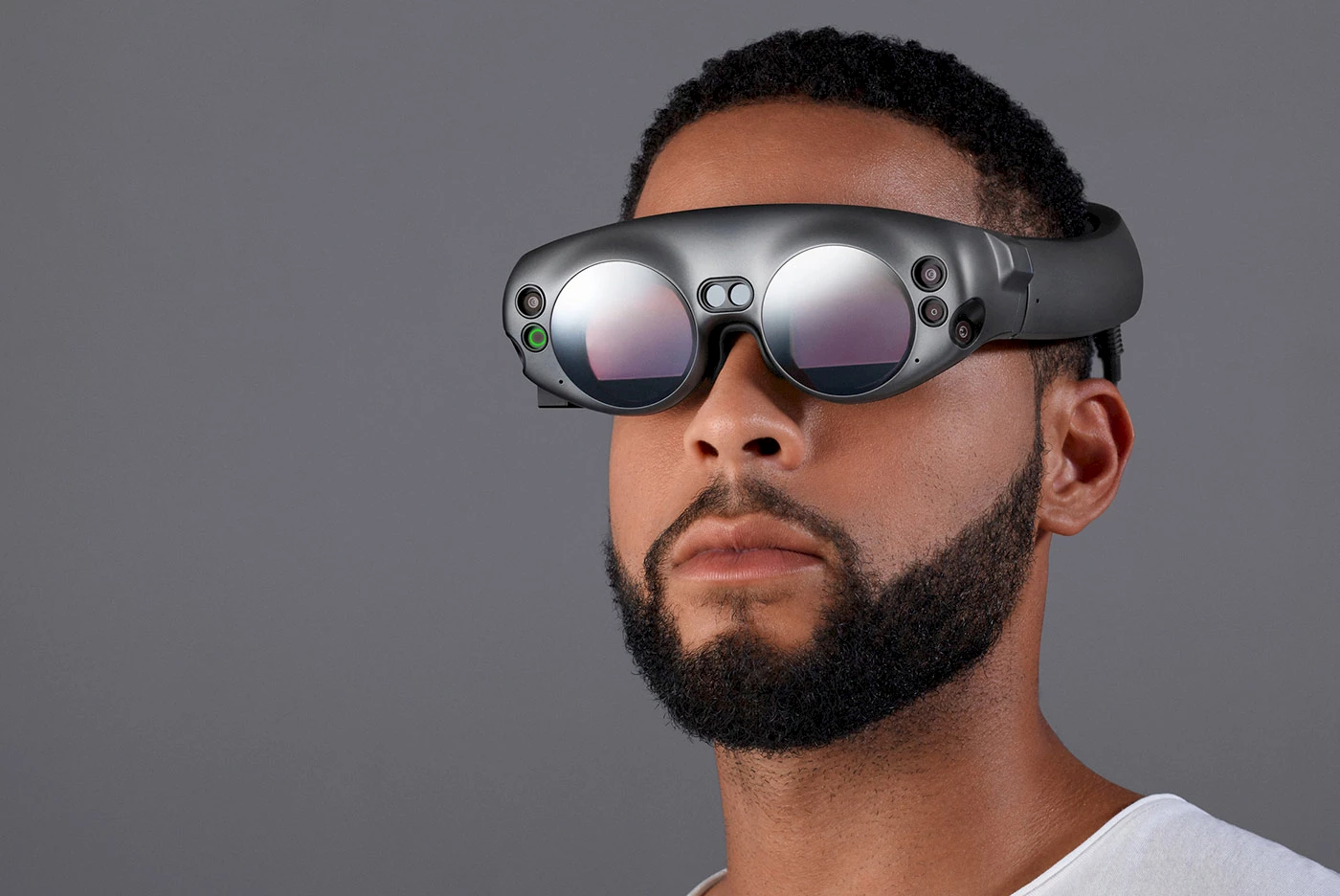
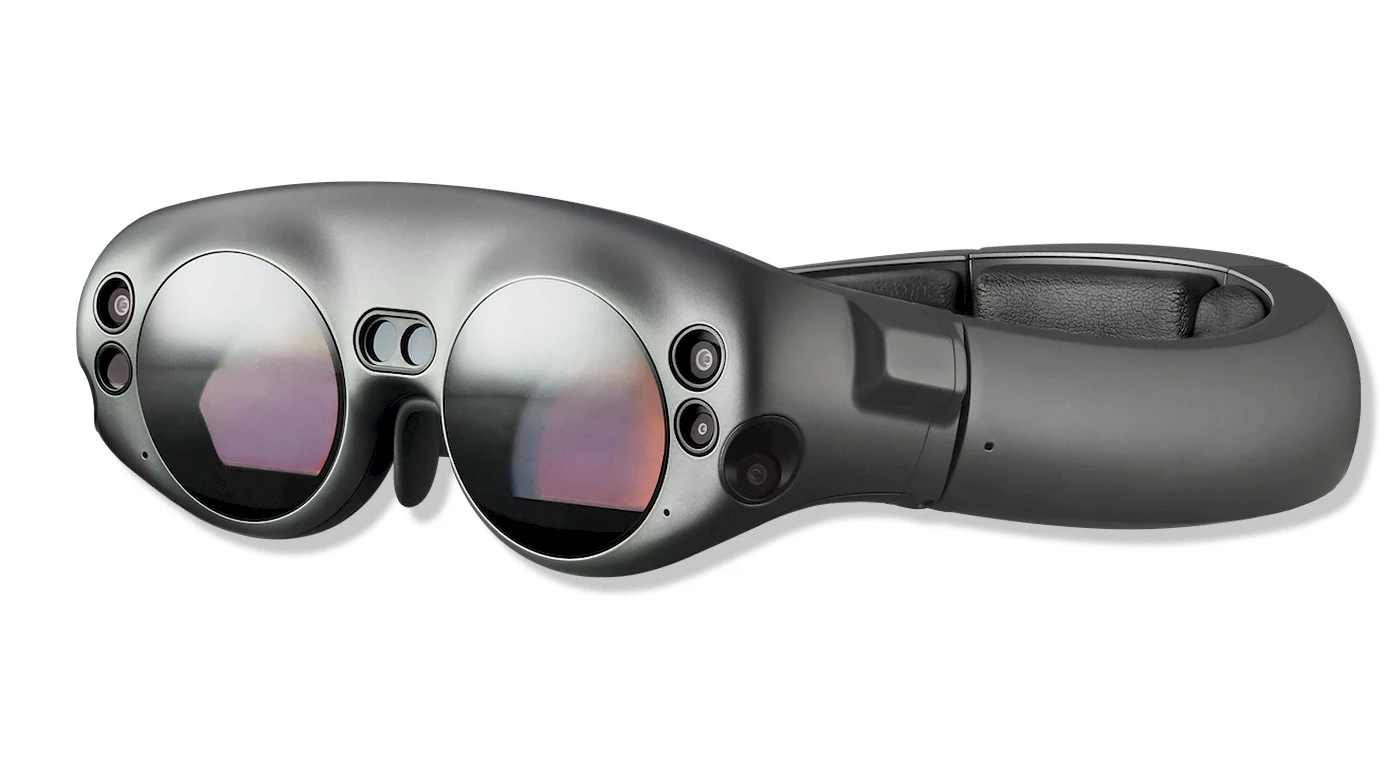
Magic Leap One. © Magic Leap.
After an agonizing six-year wait, a $1.9 B investment and development shrouded in secrecy, startup company Magic Leap has, at long last, unveiled the design of its AR headset. The company is playing it coy on the technology and how the headset actually works, which makes it difficult to envision all the different applications and viability of the set, which seems to be in league with Microsoft’s Hololens. Magic Leap One, as it is known, is a system including a big pair of glasses lined with sensors, a circular case housing a central unit that attaches to your belt, and a wireless controller with a touch pad for interacting with virtual interfaces. It should be available in 2018 for developers.
⇨ Ars Technica, “Magic Leap finally announces a headset… but it’s vague, touched-up in Photoshop.”
Facebook enhancing its use of facial recognition
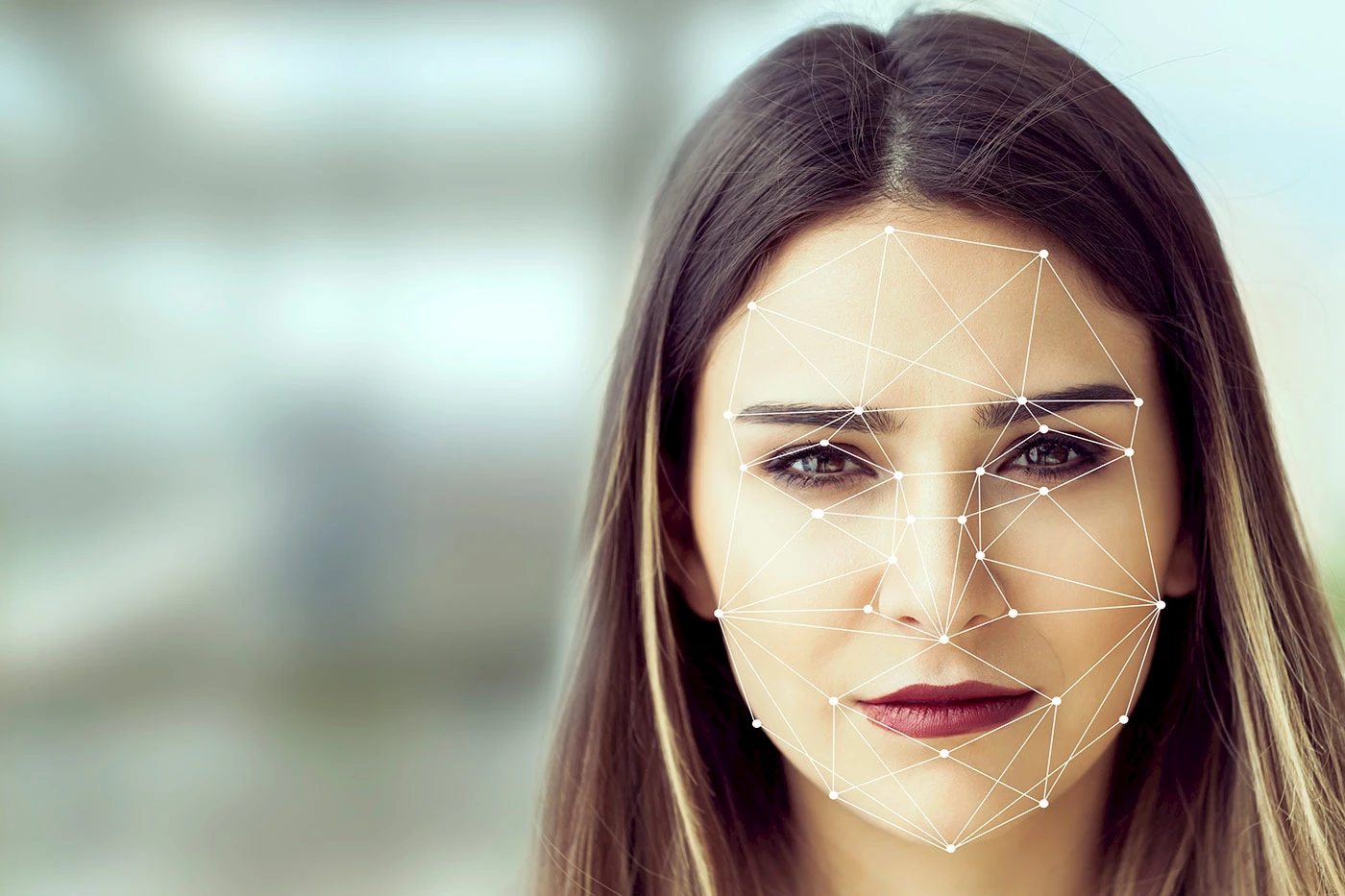
© iStock.
Facebook is beefing up its use of facial recognition technology, and will now alert you if a friend, or a friend of a friend, uploads a picture with you in it, even if you weren’t tagged in the photo. If you aren’t OK with the publication of that photo, you’ll be able to hide it. If someone uploads a photo of you as his or her profile pic, Facebook will also notify you. “We’re doing this to prevent people from impersonating others on Facebook,” the company wrote on its blog. This being said, everyone using Facebook will be able to request to not be identified visually. Facebook could also use a method of account recovery that will use facial recognition to check that you’re the legitimate account holder. Unfortunately for some of us, though, facial recognition is not supported by Facebook in Canada or in the European Union, where laws about protection of personal information and privacy are more stringent than elsewhere.
⇨ Recode, “Facebook will use facial recognition to tell you when people upload your picture.”
Hyperloop One reaches 387 km/h

DevLoop, North Las Vegas. © Virgin Hyperloop One.
Virgin Hyperloop One has announced that its XPI prototype pod has achieved a new record-breaking speed—it was recently clocked at 387 km/h. This speed surpasses the 300 km/h reached by the French TGVs (“train à grande vitesse”, or high-speed train) used commercially in France, but it’s still a far cry from the TGV trial record of 574.8 km/h set in 2007. It’s also slower than the record set in 2015 by a Japanese train using magnetic levitation, which reached speeds of 603 km/h. And it’s nowhere near Virgin’s 1,080 km/h goal, which hopes to see Montreal a 40 minute ride from Toronto, and Las Vegas a short 30 minute jaunt from Los Angeles. The startup, which was originally known as Hyperloop One, recently changed to Virgin Hyperloop One after receiving significant cash infusions from Virgin.
⇨ Ars Technica, “Virgin Hyperloop One: Now faster than regular TGV but no rail speed record.”
Windows Hello: say hi to headaches caused by facial recognition
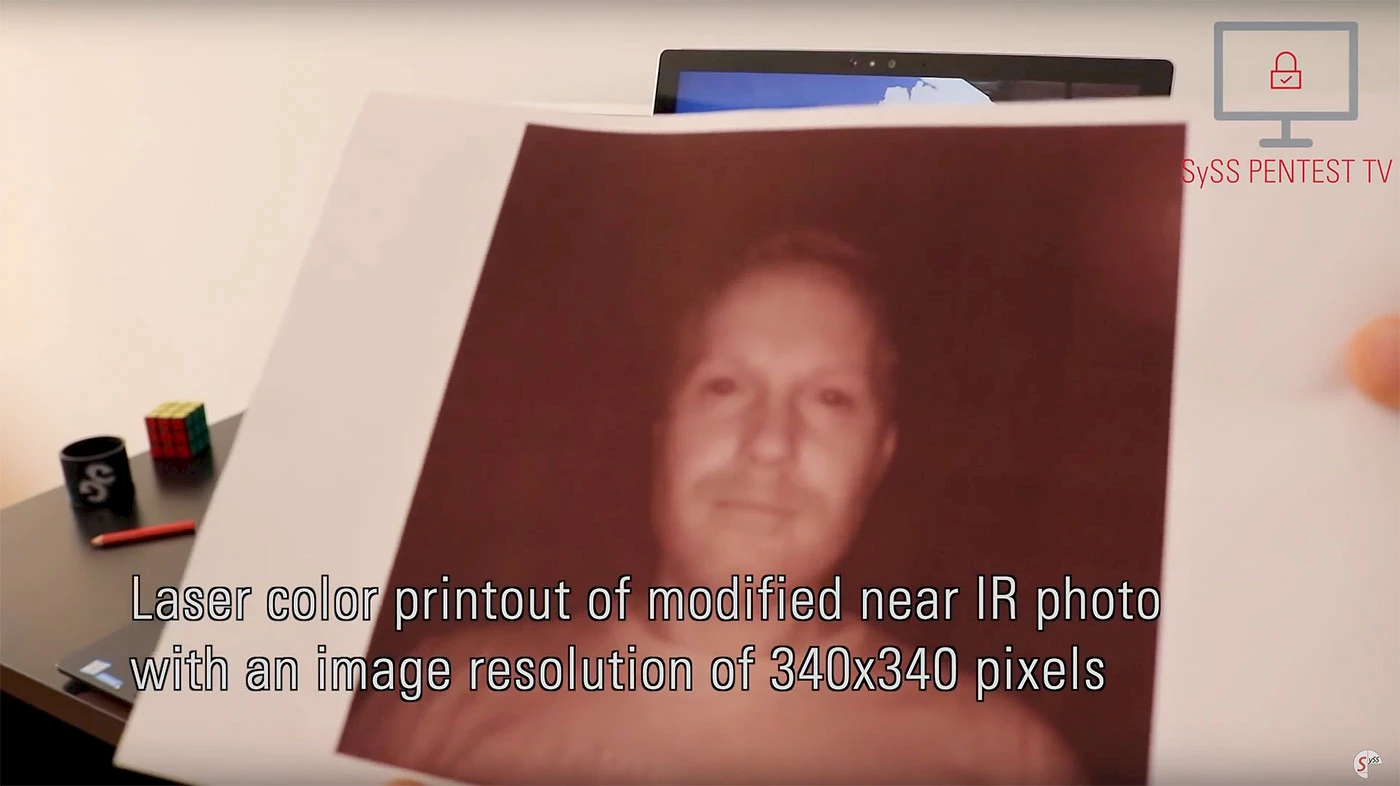
Windows 10’s face authentication defeated with a picture. © SySS GmbH.
German security firm SYSS has just released a report that shows the vulnerability of Windows Hello: a printed photo of the device’s owner can be used to unlock devices where Windows Hello had previously been activated. Windows Hello has an infrared requirement, which in theory should prevent it from being tricked by regular photos, so the researchers at SySS used a photo taken with an infrared camera. The image was edited to change the contrast and brightness, and then printed on a laser printer at a low resolution. It was able to fool the integrated camera on a Surface Pro4 and a LilBit USB camera on a laptop.
⇨ Ars Technica, “Specially prepared photos shown bypassing Windows Hello facial recognition.”
Have a very tiny Christmas!
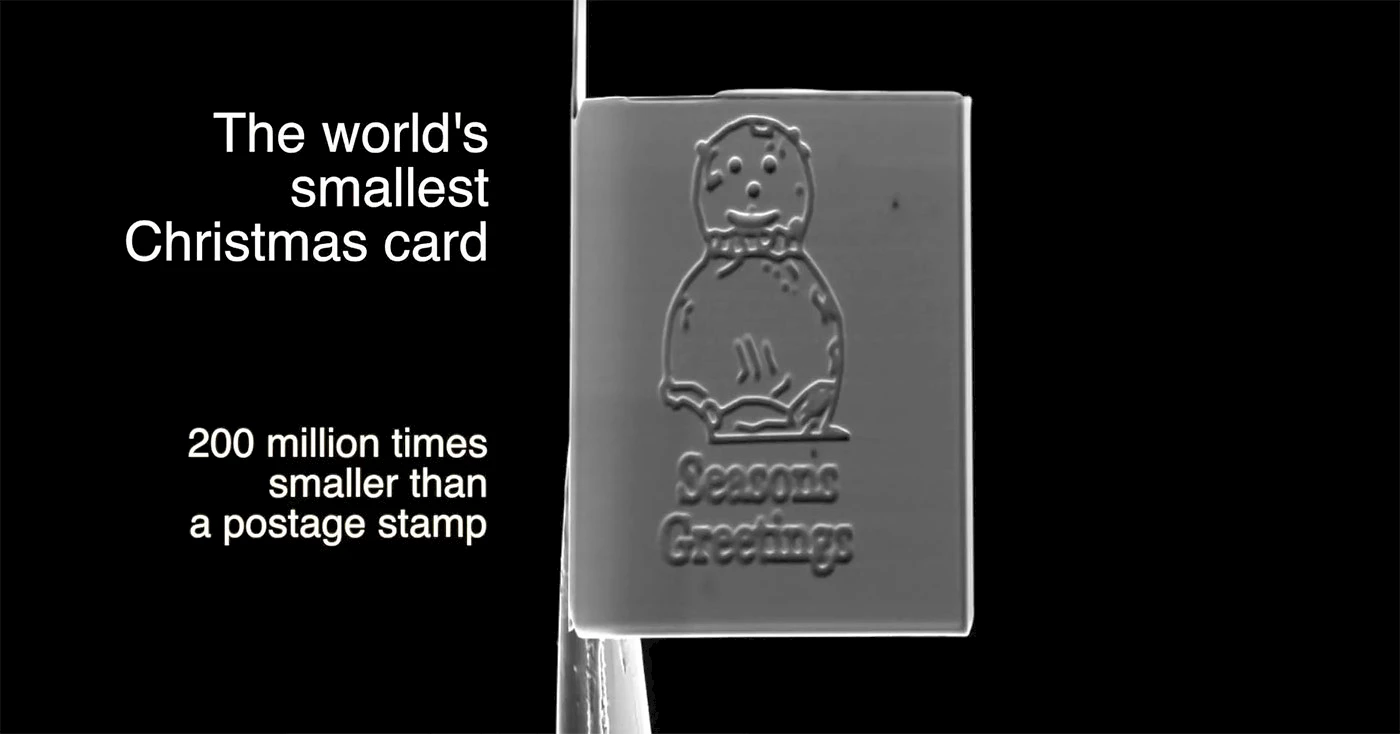
World's smallest Christmas card. © National Physical Laboratory.
The National Physical Laboratory, the UK’s national measurement institute, is spreading holiday cheer one tiny bit at a time with its Christmas card, which it says is the world’s smallest. You’ll need a microscope to view it, as it measures a mere 20 micrometers—or about 0.00079 inches. To put that in perspective, you could fit 200 million of the cards on one postage stamp. The card says “Seasons greetings” and has a picture of a snowman. It’s made from platinum-coated silicon nitride,—the design and the message created using a focused ion beam. Ho Ho Ho indeed!
⇨ Cnet, “See the world’s smallest Christmas card through a microscope.”
